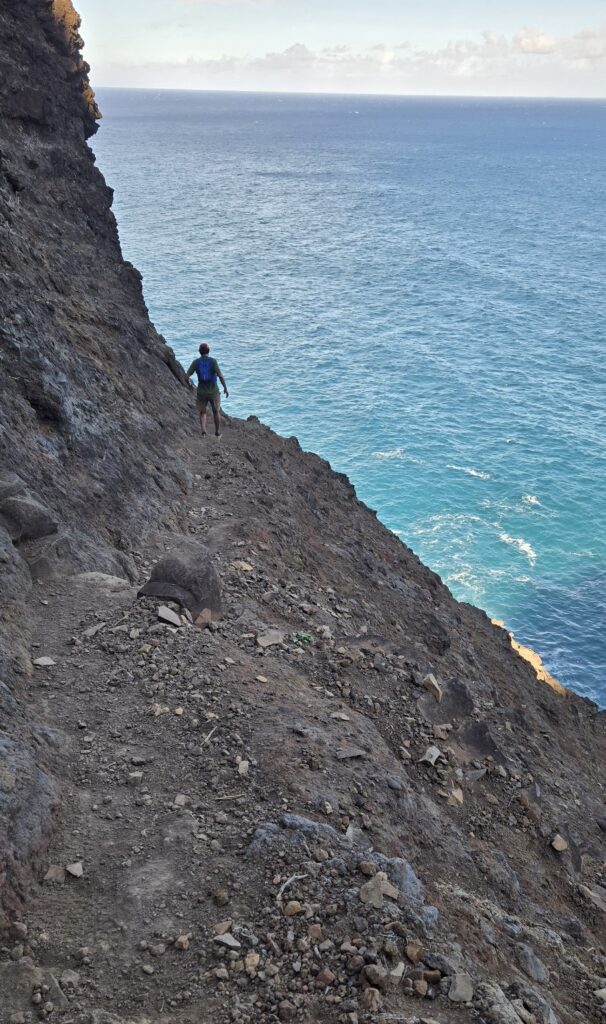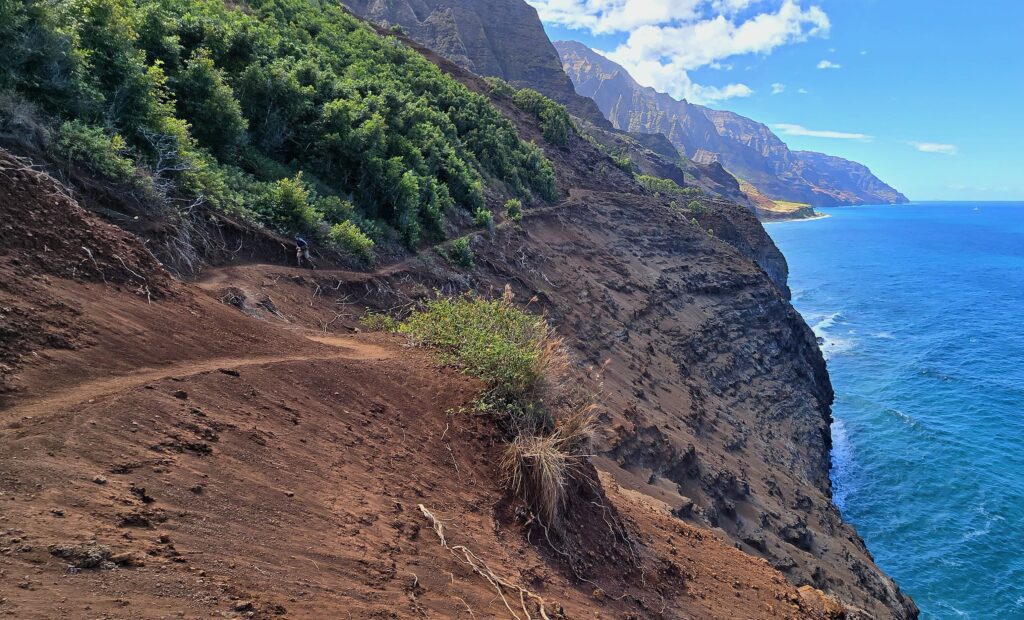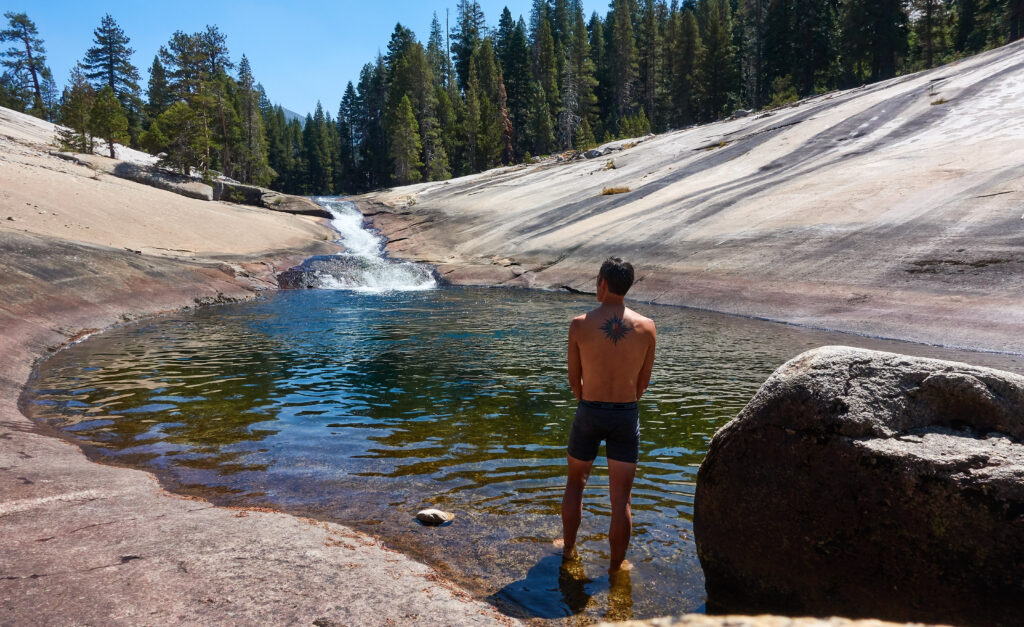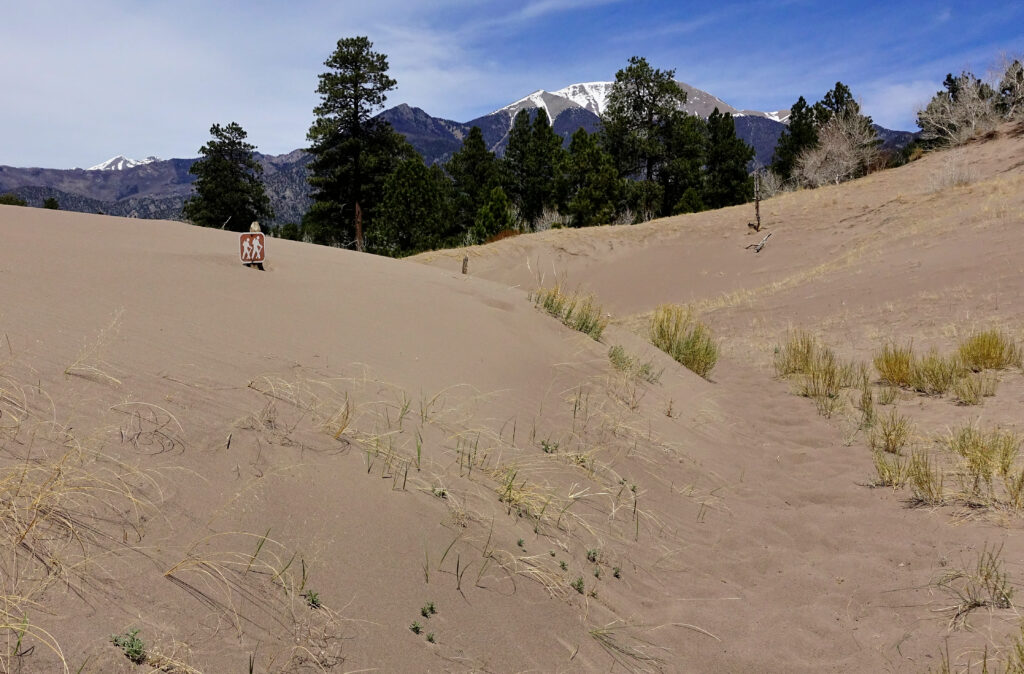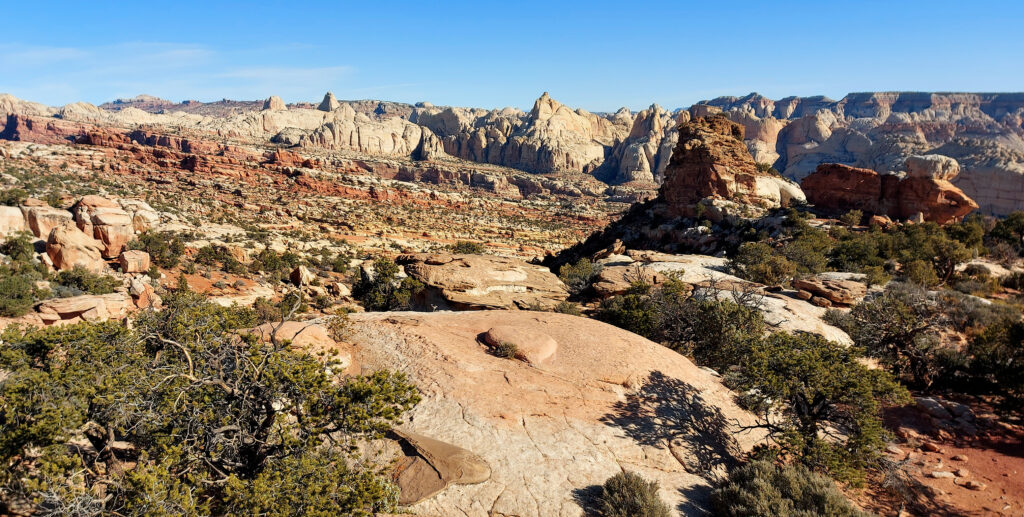Kauai is known for its luscious jungles, rugged peaks and towering waterfalls, all fed and carved by the >450” of rain that fall annually. The pinnacle of Kauai is the Napali Coast along the North Shore of the island, accessed only by boat, helicopter and the 12mile Kalalau trail. Each mode offers a unique perspective on the iconic rugged coastline. While a helicopter ride allows one to see deep into the valleys and to view waterfalls not easily accessed, and a boat offers an at a distance view of the coast, the hike/run along the Kalalau is the only way to get up close and personal with the Napali coast.
The first hurdle for anyone who wants to hike/run the Kalalau trail is the permit and reservation system. There are two separate systems that one needs to navigate when setting up a trip, parking/shuttle reservations to access the park AND an overnight backpacking/camping permit for the trail. The backpacking/camping permit is needed even if you want to hike/run the trail in a single day (anywhere beyond the first 2.5mi). First you need to access the State of Hawaii website to read about the regulations and check the availability for the trail and determine what potential dates are open. Camping reservations typically open 3-4months out from your date of interest. Winter campsite availability is typically more open, though will book out over a month in advance, while the summer months are even busier. The second step is reserving either a parking spot or shuttle spot (includes park entry fee) on the Hāʻena State Park website. Reservations open about a month ahead of time, with the parking spots selling out very fast. There are typically ample shuttle spots available starting as early as 620am, with the final pickup from the park at 540pm. Even if you’re unable to secure a backpacking/camping permit, the park entry fee allows you to hike to Hanakāpīʻai Falls. Once the admin work is taken care of, it’s on to actually planning your trip!
Once you arrive at the park (either park or shuttle), you’ll receive a short tutorial from a local about the park, safety and respecting the history. The trail starts with a 0.25mi flat path through the jungle to Ke’e beach, which is a lovely spot to have a picnic or take a swim on a nice day. This is where the Kalalau trail officially starts, quickly taking off uphill into the jungle. The first two and a half miles are often wet, slippery and muddy as the trail undulates high above the coastline before dropping to Hanakāpīʻai stream and beach. This is where the trail to Hanakāpīʻai falls splits off up valley and the boundary where you can hike without a backpacking/camping permit.
As the trail leaves Hanakāpīʻai it again climbs high up onto the cliffside, where it will stay for the duration of the journey. The trail undulates in and out of numerous valleys, crossing small streams, ducking into dense jungle before popping out to expansive coastal views. As the trail continues to traverse towards the east side of the island, the trail begins to dry out a bit more and the jungle gives way to slightly less dense vegetation, the trail also becomes more runnable. After about 7mi you reach the Hanakoa falls trail and campground. For people looking to break up the trip this is the only intermediate spot where camping is allowed before reaching Kalalau beach. Just beyond Hanakoa the trail enters a gravely and exposed cliffside area that includes crawler’s ledge. The trail is loose, a little more narrow (2-4ft wide) and the hill side steepens as it drops precipitously into the ocean below. The trail is easily navigated by those experienced with hiking/running on rugged terrain, but for those less experienced this could be a fairly uncomfortable area (see photos).
After crawler’s ledge the trail smooths out again as it weaves in and out of various small canyons, water can be a little harder to find in this section, with only a few small trickles available. At the 10.5mi mark the trail reaches its apex high above the ocean, and the foliage drops away revealing sweeping views into the Kalalau valley and down towards Kalalau beach far below, you’ve reached the heart of the Napali Coast. Aash and I bombed down the hill back towards the ocean, jogging the last mile through the temperate forest to Kalalau Beach. Sweeping white sand with waves crashing on shore, fringed by steep jungle laden cliffs on three sides and a waterfall plunging onto the far end of the beach. About as idyllic and movie picturesque as one could imagine. We took some time to splash in the waves, soak in the sunny afternoon and enjoy the fact that we had the beach all to ourselves. Other than a few helicopters circling overhead and a few passing boats, there was no one else at the beach, a rare pleasure at such a popular destination.
After 45min, we dried off, packed up our bags and slowly strolled away from Kalalau beach, back the way we’d come. It had been a fantastically beautiful day, no one around and everything I had asked for so far, though we still had 11-12miles back the way we’d come before reaching the shuttle. My legs still had a surprising amount of pop, so I took off at a brisk hike back uphill in the afternoon sun. The fact that we were running in the tropics started to hit us; hot, humid, sweaty and sticky. I took advantage of every small stream to splash off and soak my arm sleeves. We made steady and consistent progress back to Hanakoa, where we took a longer snack break to soak our feet and refill water. Since I was feeling good I pushed ahead the last 6miles, cruising through the slipping sections of trail and a few passing rain showers. I gingerly hopped my way down the final set of rocky stairs back to Ke’e beach. There are fresh water showers, bathrooms and benches here. After rinsing some of the mud off my shoes and legs, I jogged back to the shuttle stop, very satisfied and happy with how the day had gone. Other than a few passing rain showers, the weather had been spectacular, the trail stunning, and the final destination (Kalalau beach) was just as idyllic as I could have imagined.
24.1miles and just over 8hours round-trip for the entire journey. Though I would love to go back and do the trip as a single overnight at Kalalau beach and would highly recommend most people doing it this way. Stopping at Hanakoa part way would make for very short days, and the campsites in the jungle aren’t very appealing. Start planning your trip early, book as far in advance as you can, and don’t be dissuaded by the weather, because you never know what will actually happen, and often rain means passing showers with some sunshine.






